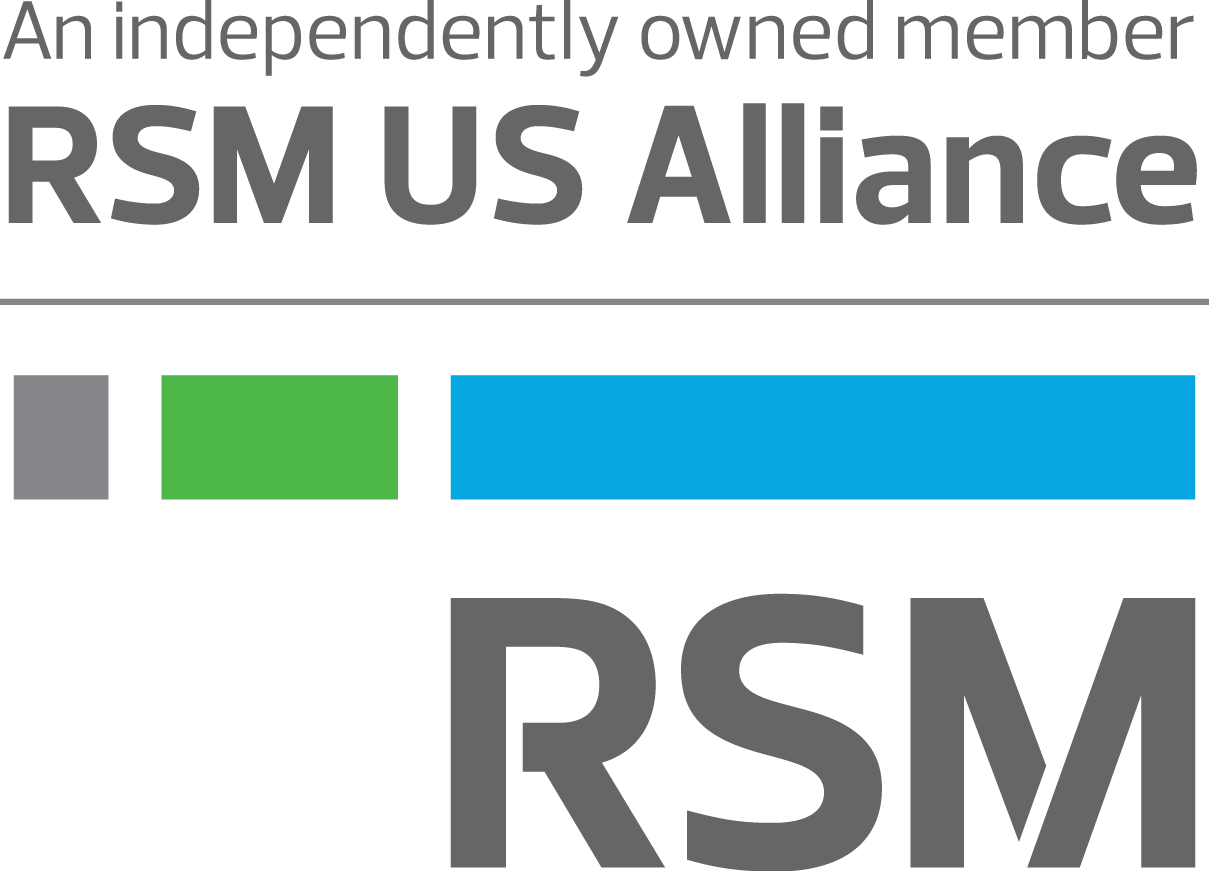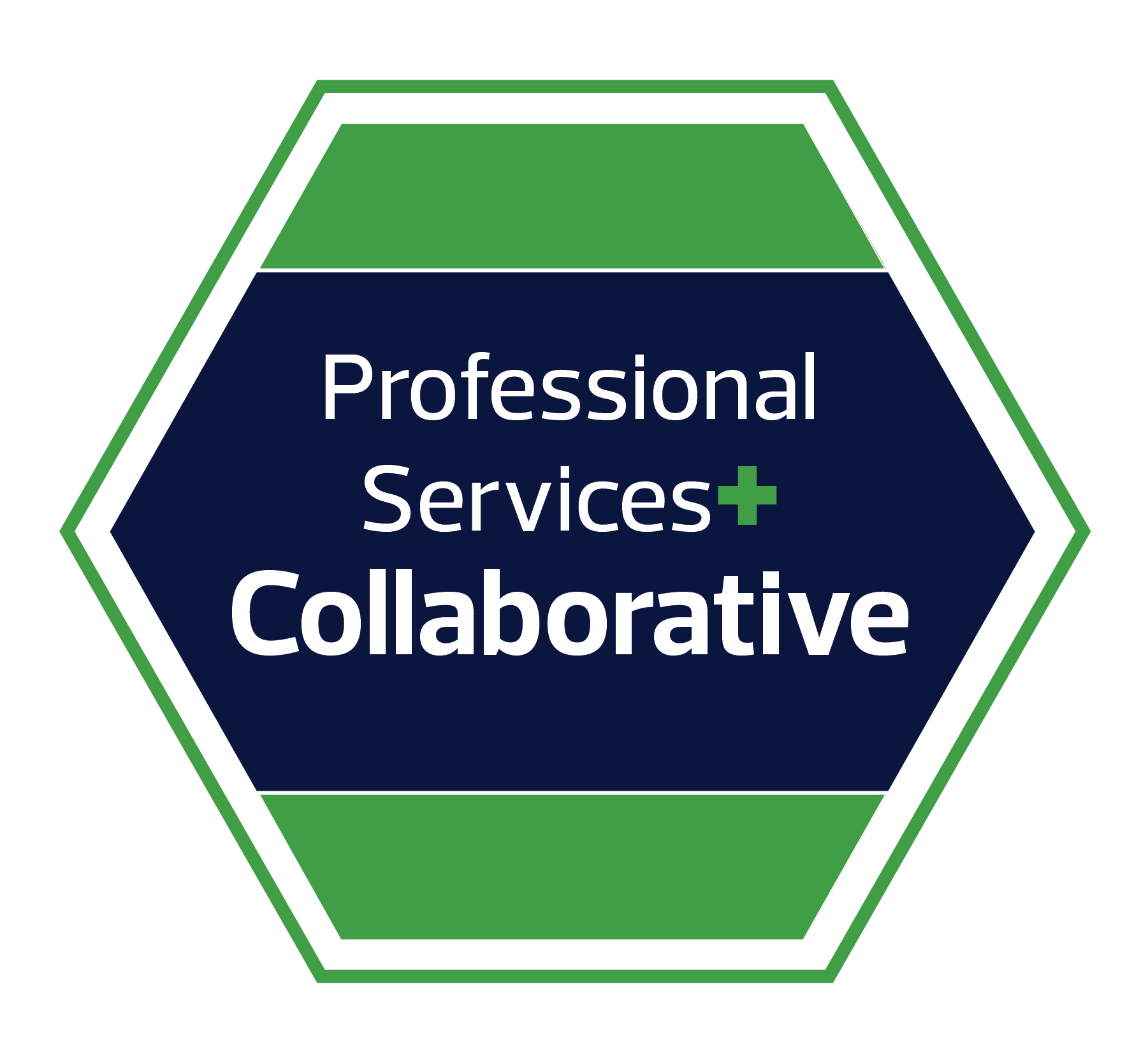Authored by RSM US LLP
Many organizations are preparing for compliance with the current expected credit losses (CECL) standard, Accounting Standards Codification (ASC) Topic 326, which after Jan. 1, 2023, will be a requirement for every business that holds financial assets recorded at amortized cost, with certain exceptions.
For financial services organizations that are further along in their CECL journey, it will be crucial to examine how their CECL model is already working, the functionality of monitoring systems already in place, and ways they may need to refresh the model.
This is especially important because CECL requirements are more robust for organizations in the financial services space; for banks and other financial institutions, for instance, their entire loan and lease portfolio and certain securities are subject to the accounting standard.
Economic headwinds and uncertainty in the market could also lead to more loan and lease portfolio risk, which underscores the importance of modeling various scenarios and getting quality outputs from that modeling. Institutions should zero in on model risk assessment, ongoing monitoring, and documentation considerations to make their CECL compliance more robust.
Risk assessment considerations
A model risk assessment can determine the current-year model validation scope and frequency of validation activities and should be the first step for many financial services organizations evaluating their CECL models. Items to consider in such an assessment include:
- Results of prior-year model validation activities and the status of any open findings
- Results of ongoing monitoring activities
- Updates and/or changes to model assumptions
- Updates and/or changes to model documentation
- Changes to model use or environment (applicable to the portfolio, economic conditions or other factors)
“One of the areas we see institutions struggling with around the model risk assessment is that they treat CECL differently from any of their other models,” says Nicholas Hahn, a risk consulting partner at RSM US LLP. That’s in part because of its significance and in part because it’s an accounting standard, rather than a model to forecast, project or improve performance, he adds. Treating CECL as a stand-alone model often means the organization may not have a proper model risk framework in place—and a solid framework is key to understanding how frequently the organization should validate the model.
“That risk assessment piece is crucial because it assesses not only the level of risk, but also sets the table for how the organization needs to manage the risk it just assessed,” Hahn says.
The assessment process can also help determine how frequently to revisit the model in the context of economic turbulence, interest rate changes and credit deterioration.
“That risk assessment piece is crucial because it assesses not only the level of risk, but also sets the table for how the organization needs to manage the risk it just assessed.”
Nicholas Hahn, risk consulting partner at RSM US LLP
Ongoing monitoring
Along with risk assessments, ongoing monitoring is central to understanding the performance of a CECL model. A challenge with CECL models, however, is projecting losses over the lives of loans that have constantly changing variables. That means models based on statistics or machine learning don’t always suffice. Instead, financial services organizations must rely on other techniques for monitoring.
Here are some important considerations for ongoing monitoring efforts:
- Inputs, outputs and performance: Foundationally, organizations need to ensure the data elements they use in their model are consistent with how the model was built. They should also periodically and formally evaluate inputs and assumptions, as well as the model’s sensitivity to those assumptions.
- Benchmarking and testing: Parallel testing, stress testing and sensitivity testing are all useful tools to test the boundaries of the model and ensure the team understands those boundaries.
- Escalation framework: Institutions should have a clear framework that defines the thresholds that would call for escalation to senior leadership for review.
Just as importantly, financial services organizations need processes in place to ensure a smooth handoff of oversight from what is usually a cross-functional CECL committee—often put in place to bring a CECL model online—to the institution’s accounting function.
“Institutions need to understand when that shift might happen and what it means for oversight,” says Hahn. “It will also have implications for the control structure. As you move from a more cross-functional team with lots of eyes to more periodic, ongoing monitoring, there should still be meetings throughout the year to assess whether the model still makes sense.”
As part of that transition, organizations should also assess who has access to the model and its information and who might need—or no longer need—access.
“It’s one thing to have a model that puts out information to a board of directors, but if the board never sees it, that’s a huge problem,” Hahn says.
Documentation considerations
Alongside access issues, financial services organizations need to make sure their CECL model documentation clearly identifies users, owners, governance parties and anyone else involved in monitoring.
“Due to the complexities associated with CECL, model documentation is key and has taken on additional importance with relation to CECL compliance, especially due to its association with model risk,” says Andrew Broucek, a risk consulting director at RSM. “This documentation provides a road map not only for management’s CECL compliance but will be a key element of review by third parties, including regulators and auditors.”
The documentation should also clearly spell out the control structure of the model and identify to whom situations get escalated, whether that is the board of directors, a specific committee or another group.
“Due to the complexities associated with CECL, model documentation is key and has taken on additional importance with relation to CECL compliance, especially due to its association with model risk. This documentation provides a road map not only for management’s CECL compliance but will be a key element of review by third parties, including regulators and auditors.”
Andrew Broucek, risk consulting director at RSM
The takeaway
Because CECL calculations must include considerations related to historical performance as well as current and future trends affecting credit defaults and losses, financial institutions will need to put resources into continually assessing and revisiting their models. The judgments and estimates used in the forecasting process will need to continue to be refined and updated as actual and forecasted economic conditions change.
This article was written by Nicholas Hahn, Andrew Broucek and originally appeared on 2022-12-05.
2022 RSM US LLP. All rights reserved.
https://rsmus.com/insights/industries/financial-services/financial-services-organizations-should-monitor-and-refresh-cecl.html
RSM US Alliance provides its members with access to resources of RSM US LLP. RSM US Alliance member firms are separate and independent businesses and legal entities that are responsible for their own acts and omissions, and each are separate and independent from RSM US LLP. RSM US LLP is the U.S. member firm of RSM International, a global network of independent audit, tax, and consulting firms. Members of RSM US Alliance have access to RSM International resources through RSM US LLP but are not member firms of RSM International. Visit rsmus.com/aboutus for more information regarding RSM US LLP and RSM International. The RSM(tm) brandmark is used under license by RSM US LLP. RSM US Alliance products and services are proprietary to RSM US LLP.

Lauterbach, Borschow & Co. is a proud member of RSM US Alliance, a premier affiliation of independent accounting and consulting firms in the United States. RSM US Alliance provides our firm with access to resources of RSM US LLP, the leading provider of audit, tax and consulting services focused on the middle market. RSM US LLP is a licensed CPA firm and the U.S. member of RSM International, a global network of independent audit, tax and consulting firms with more than 43,000 people in over 120 countries.
Our membership in RSM US Alliance has elevated our capabilities in the marketplace, helping to differentiate our firm from the competition while allowing us to maintain our independence and entrepreneurial culture. We have access to a valuable peer network of like-sized firms as well as a broad range of tools, expertise, and technical resources.
For more information on how the Lauterbach, Borschow & Co. can assist you, please call us at (915) 544-6950.


